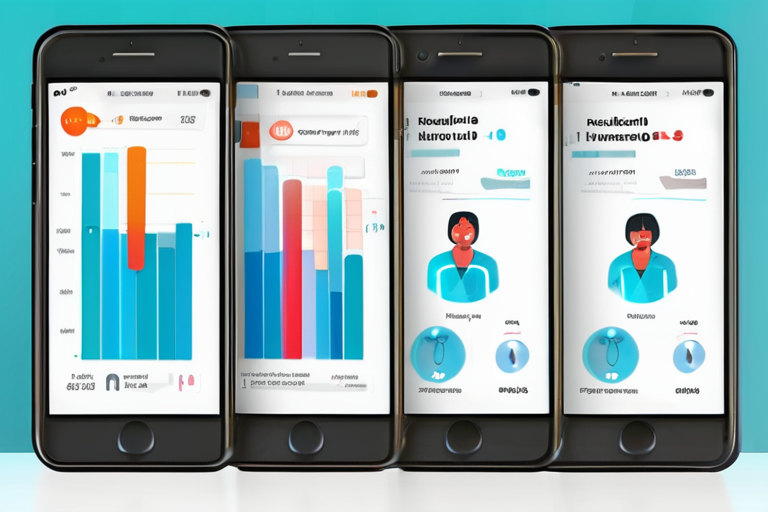Researchers at the East China University of Science and Technology in Shanghai have developed a gel-based artificial tongue that can accurately determine the spiciness of a wide range of foods, from mild bell peppers to extremely hot Sichuan cuisine. The device, reported in ACS Sensors, is designed to measure the heat levels of spicy foods without risking human taste buds, a significant breakthrough for quality control in the food industry.
The artificial tongue, which uses electronic sensors to detect sweet, sour, spicy, and umami tastes, was developed by a team of scientists led by chemical engineer Jing Hu. According to Hu, the device's solution was inspired by the spicy-neutralizing effect of milk, which contains proteins that affect our perception of spiciness and relieve the burn of a spicy dish. The team's goal was to create a device that could measure spice levels as precisely as possible, which is essential for quality control in food production.
The device uses a gel-based material that mimics the properties of the human tongue, allowing it to detect the capsaicin content in foods, which is responsible for their spiciness. The researchers tested the device on a variety of foods, including bell peppers, jalapenos, and the infamous "facing heaven chili" of Sichuan cuisine. The results showed that the device was able to accurately rank the spiciness of the foods, with a high degree of precision.
The development of this device has significant implications for the food industry, particularly for companies that produce spicy foods. According to Hu, the device could be used to ensure that foods are consistently spicy, without the risk of human tasters experiencing discomfort or pain. This could also lead to the creation of new spicy foods that are tailored to specific levels of heat.
The use of artificial intelligence and machine learning in the development of this device is also noteworthy. The researchers used a machine learning algorithm to train the device to recognize the patterns of capsaicin in different foods, allowing it to accurately detect the spiciness of a wide range of dishes. This approach has the potential to be applied to other areas of food production, such as flavor profiling and quality control.
The researchers are currently refining the device and exploring its potential applications in the food industry. They are also working on developing a more portable and user-friendly version of the device, which could be used by food manufacturers and restaurants to ensure the consistency of their spicy dishes.
In an email, Jing Hu stated, "Our goal is to create a device that can accurately measure the spiciness of foods, without risking human taste buds. We believe that this device has the potential to revolutionize the food industry, and we are excited to see where it will take us."



























Share & Engage Share
Share this article